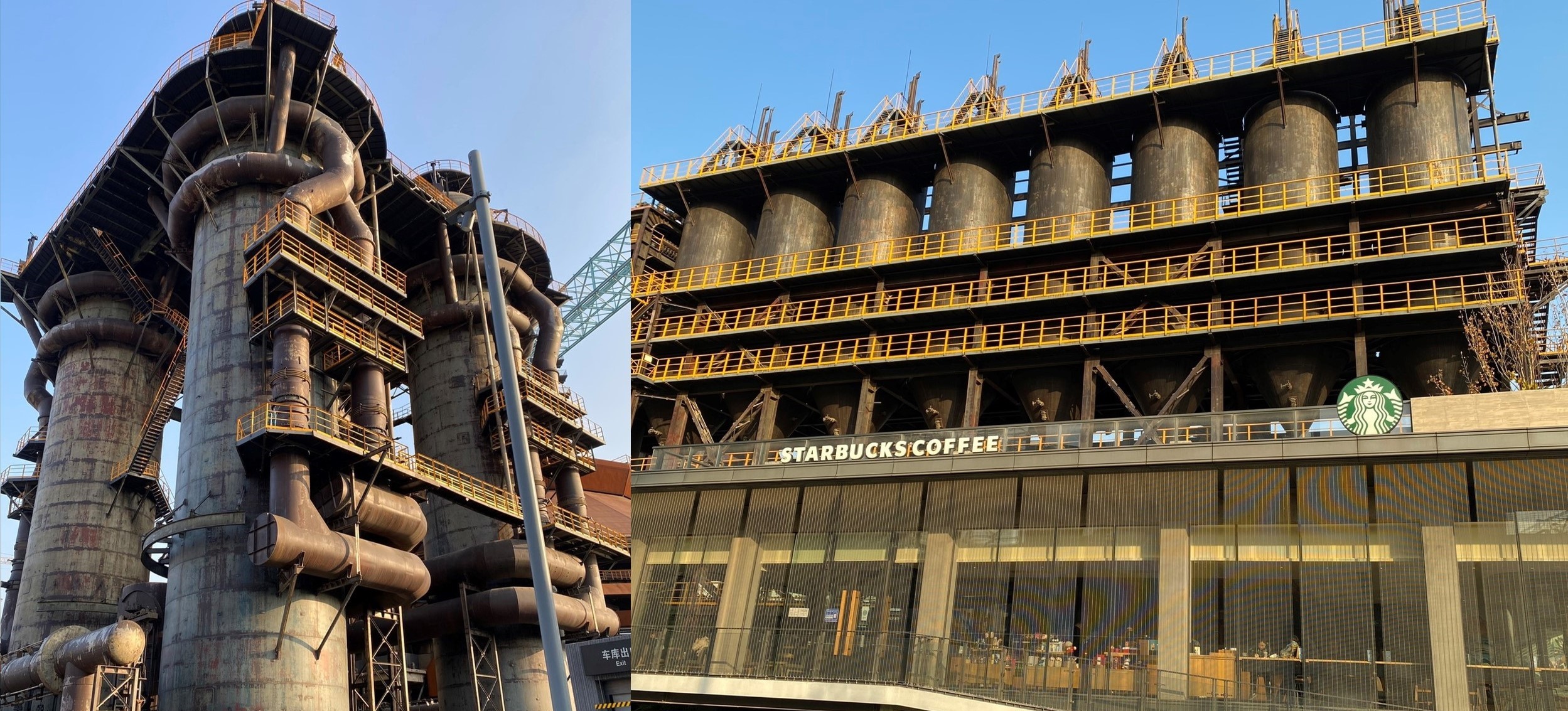
Introduction to Building Life Cycle Carbon Reduction
Building whole life cycle carbon reduction refers to reducing or offsetting the carbon emissions of the entire life cycle of a building from construction to demolition. The life cycle of a building includes several stages, including the extraction, production, and transportation of building materials (A1-A3 stages), building construction (A4-A5), building operation (B1-B7), and building demolition (C1-C4). The above stages generate carbon emissions through the use of fossil fuels, electricity consumption, and transportation. |

To achieve building lifecycle carbon reduction or even neutrality, it is necessary to minimize carbon emissions associated with each stage of the building's life cycle. This can be achieved through measures such as using sustainable building materials, implementing energy-efficient building design, using renewable energy, and implementing waste reduction and recycling plans. In addition to reducing carbon emissions, it may also be necessary to offset any remaining emissions by investing in carbon offset projects such as reforestation, renewable energy, or energy efficiency programs. The ultimate goal is to achieve net-zero carbon emissions over the entire lifecycle of the building. |
Related Chinese Standards
The "Carbon Neutral Building Evaluation Guidelines" (called The Guideline in the following contents) have been released by the China Urban Science Research Association in June 2022
 |
The Guideline Framework
 |
Evaluation Indicator of the Guideline
The Guideline classify carbon-neutral buildings into different levels, each of which corresponds to different technical requirements.

Application Processes and Certificate Sample
 |  |
Copyright © 2015-2023达实德润 京ICP备16020153号-1